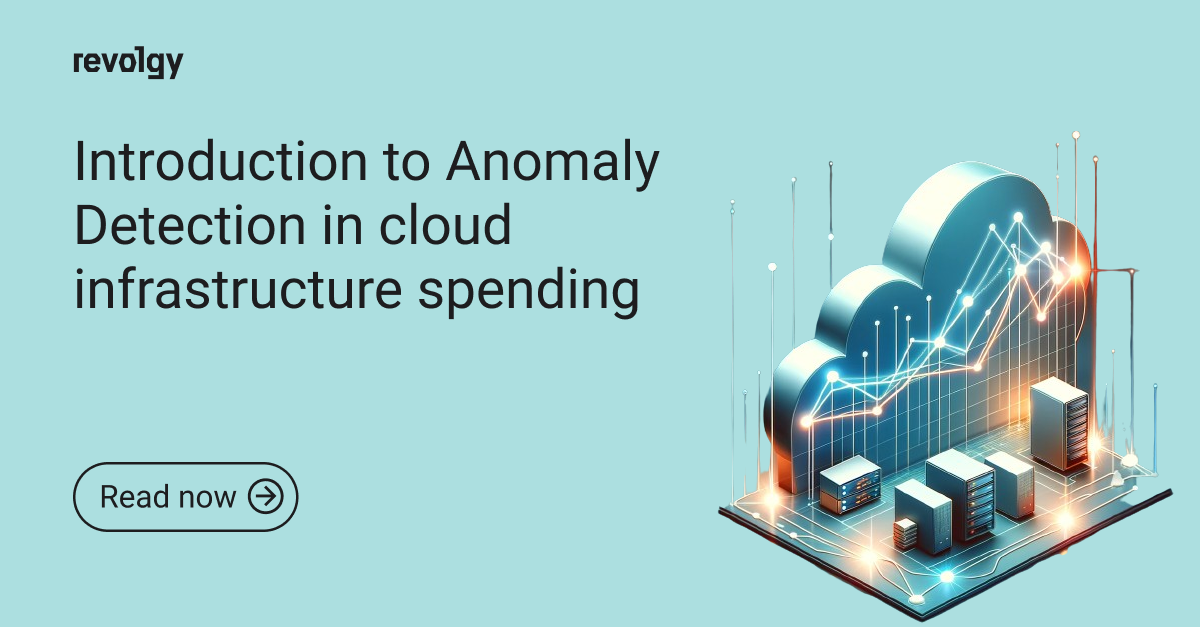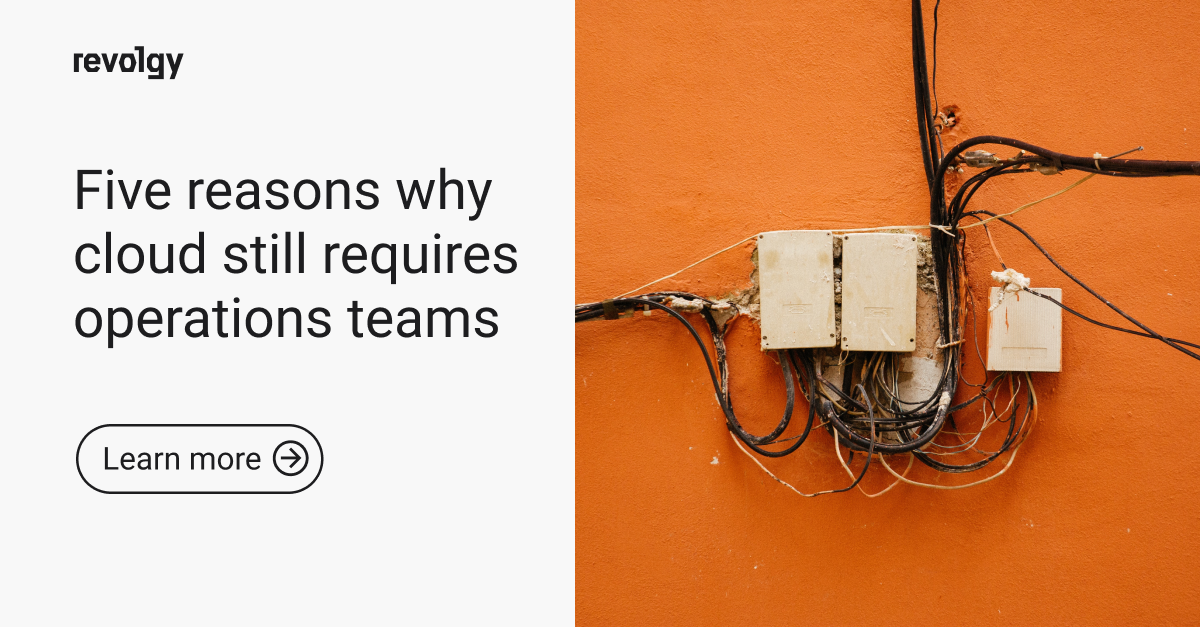GCP
Harnessing GCP billing export for effective Anomaly Detection
Google Cloud Platform (GCP) has become a prominent player in the cloud services market, offering a wide range of resources and services to businesses around the globe. An integral part of utilizing these services effectively involves understanding and managing the billing system that GCP employs. This system, while robust, can be complex, involving various cost factors depending on the services used.
The ability to export billing data from GCP is crucial for effective financial monitoring and management, especially for anomaly detection. Anomaly detection in this context refers to the identification of unusual patterns or spikes in cloud spending, which could indicate inefficiencies, unexpected charges, or even security issues. By exporting and analyzing billing data, organizations can gain valuable insights into their cloud spending patterns, identify potential issues, and take timely corrective actions.
Exporting GCP billing data
Understanding GCP billing data
GCP billing data encompasses a wide array of information that can be pivotal in understanding and managing cloud costs. This data includes details about the resources used, the cost associated with each service, usage patterns, and more. By analyzing this data, businesses can get a clear picture of where and how they are incurring costs on the cloud platform.
Setting up the export
Exporting billing data from GCP is a process that can be customized based on the specific needs of a business. GCP allows users to export billing data to BigQuery, a fully-managed, serverless data warehouse that enables scalable analysis over petabytes of data. This process involves setting up a BigQuery dataset, enabling billing export in the GCP console, and then configuring the export settings to suit the organization’s needs.
Data accessibility
Once the billing data is exported to BigQuery, it becomes accessible for various types of analysis. This data can be queried using SQL, and it can also be visualized using tools like Google Data Studio or other third-party tools compatible with BigQuery. This accessibility allows organizations to perform in-depth analyses of their cloud spending and detect any anomalies.
Types of Data for Anomaly Detection
Billing data categories
The billing data from GCP can be categorized into several types, such as compute services, storage usage, network services, and any special services or APIs used. Each category can reveal different aspects of cloud spending and potential areas where anomalies might occur.
Analyzing data
Analyzing GCP billing data for anomaly detection involves looking for patterns and spikes in spending that deviate from the norm. This can be done through various analytical techniques, such as trend analysis, comparative analysis, or even using advanced statistical methods.
Practical use cases
Practical use cases of analyzing GCP billing data include identifying unused or underused resources, detecting overages or unexpected charges, and understanding the impact of specific services or projects on the overall cloud budget. By applying anomaly detection to these areas, businesses can optimize their cloud spending and avoid unnecessary costs.
Integrating with Anomaly Detection Tools
Choosing the right tools
Selecting the right tools for anomaly detection in GCP billing data is crucial. The chosen tools should be capable of handling large datasets, provide comprehensive analytical capabilities, and ideally, integrate seamlessly with GCP.
Integration process
Integrating billing data with anomaly detection tools typically involves configuring the data export to a format compatible with the tools, setting up data pipelines for continuous analysis, and customizing the detection algorithms or thresholds based on the business’s specific cloud usage patterns.
Benefits of integration
Integrating GCP billing data with anomaly detection tools can lead to more efficient cloud spend monitoring, quicker identification of cost-related issues, and more informed decision-making regarding cloud resource utilization.
Summary
Harnessing GCP billing export for anomaly detection is a vital strategy for organizations looking to optimize their cloud spending. By understanding and analyzing billing data, and integrating it with the right tools, businesses can gain valuable insights into their cloud usage, detect anomalies early, and make data-driven decisions to manage their cloud infrastructure more effectively.
As cloud technology and billing systems continue to evolve, the approaches to monitoring and managing cloud spend will also advance. Implementing these strategies today can prepare organizations for more sophisticated cloud spend management in the future.



